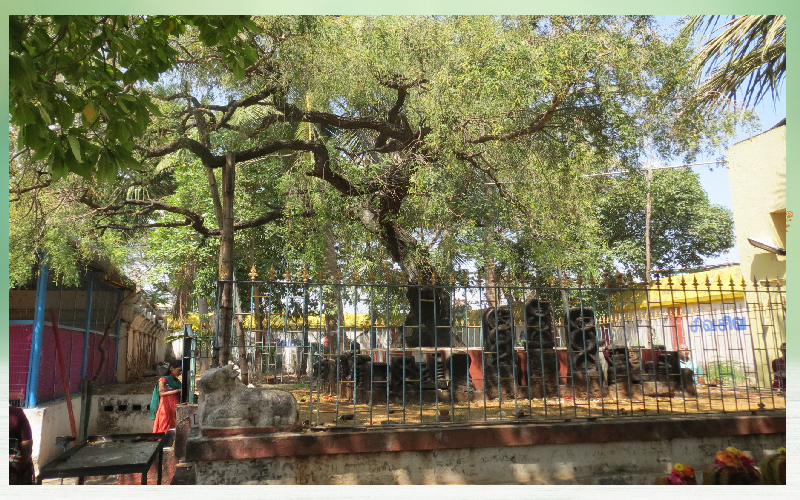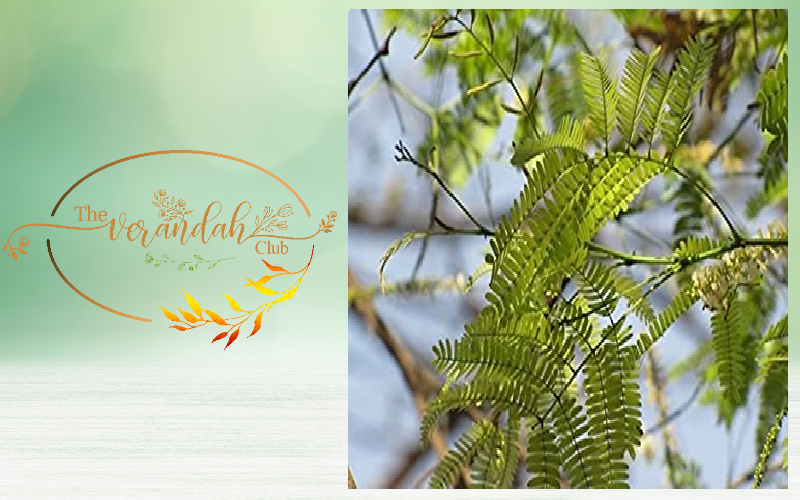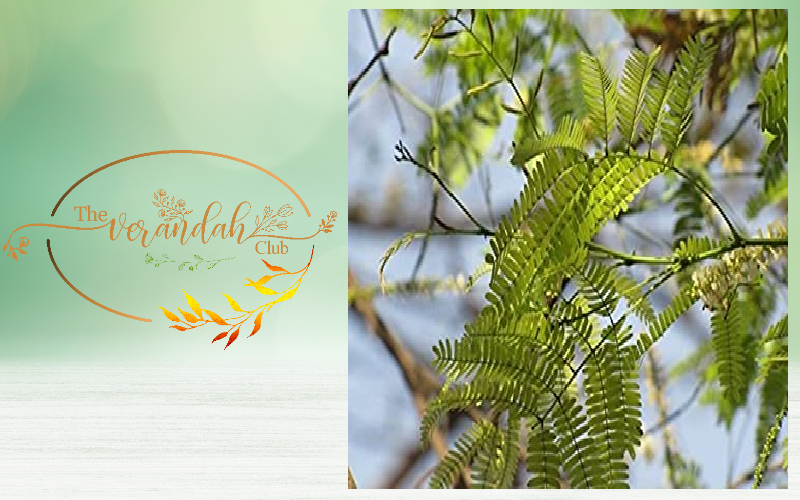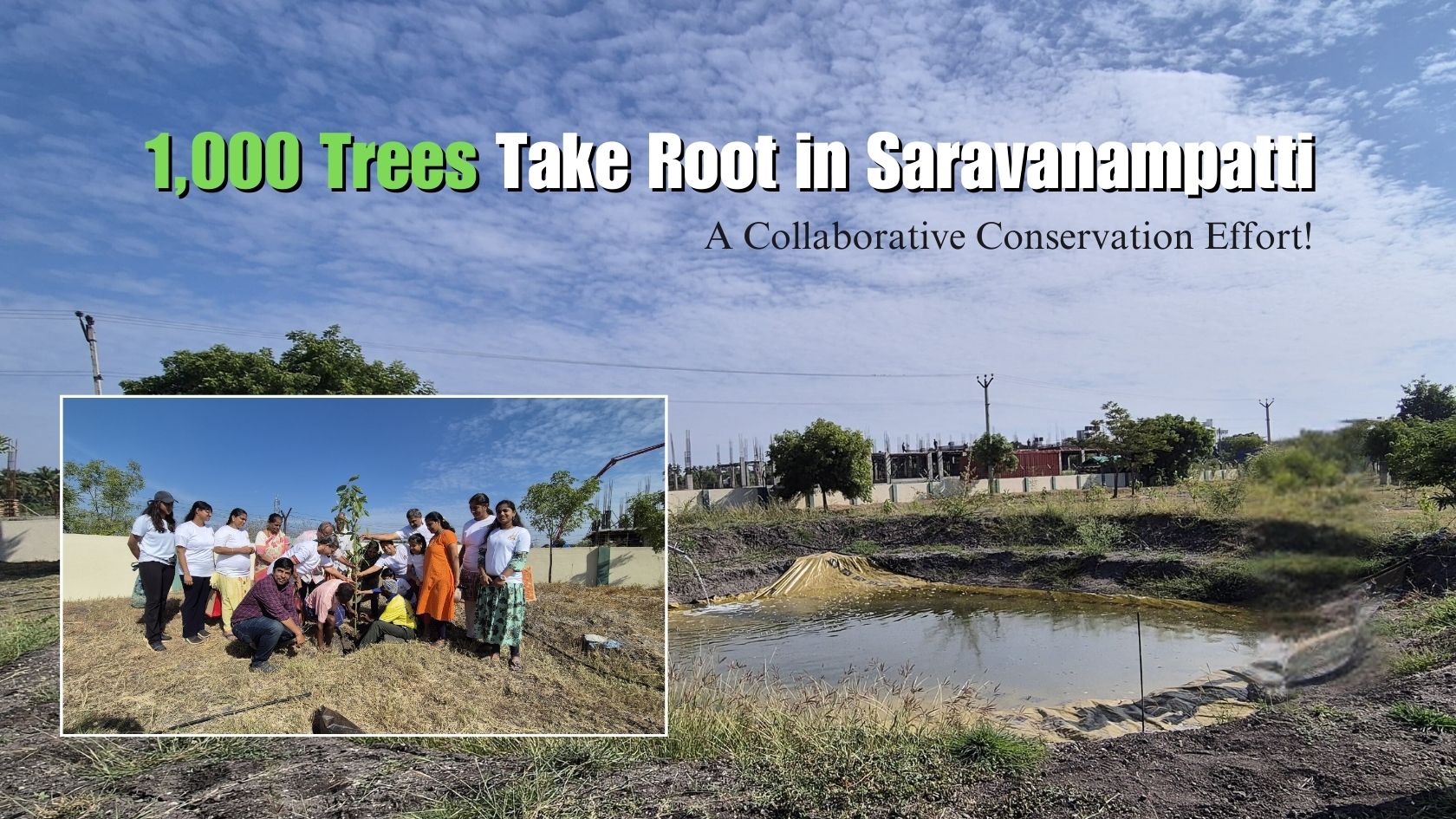Vanni Maram

In the current scenario, the most talked about topic is Ayurveda. We can conveniently say Ayurveda is an offspring of plants, bushes, and trees. In India and its nearby countries, there is much talk about the use of the plants, trees, and bushes for their medicinal values. People in the early period too have had some ailment or other and they needed to be cured. Their cure was available not in the form of tablets and injections and many more treatment of the modern days. They completely depended upon nature as the only source of treatment. Sad to say that in course of time, the advent of modern technology which for sure offers good treatment has brought along with it some side effects too. Ayurveda treatment has taken a backseat. Fortunately, there is a tendency to revive ancient method of treatment. People have started realising nature’s bounty in the form of plants, shrubs, and trees. Initially, the treatment was given by Rishis and Munis who had renounced the mundane activities to be always engrossed in the thought of God. They moved from place to place and almost conversed with the only available companion - the trees, plants, and bushes. It was through these nomadic-wanderers, people developed an awareness regarding the use of trees, plants and bushes.
A slight deviation. When we talk of the medicinal value of the plant kingdom, we tend to consider only those available in India and nearby countries like Sri Lanka, Indonesia, and parts of western Asia like Afghanistan, Bahrain. We talk of the various forms of nature in other countries, as stunning, making us hold our breath literally. The beauty of nature in the form of rivers, waterfall, seasonal changes, vegetables and beautiful flowers and many more aspects that carry us to another world, make us enviable of them. Yet, there is a vacuum leading to some kind of yearning. There is some kind of lacuna and that is the absence of medicinal value of plants.
What makes me wonder at this drastic variation, is the contribution of the Rishis and Munis who have shown in actuality the wonder of deriving medicine from the plants and trees and even bushes. Their age-old practice is getting revived now and thanks to the lead given by the elders at home and specially the elderly ladies. They have been the cause specially for the upkeep of basic medical treatment. From the time a child is born they use certain age-old practices by administering what they call as ‘Kaivaithiyam’ which means treatment that they are familiar with and can manage the situation with available suitable plants. Mostly such plants would be grown in one’s own garden like Tulsi, Methi etc.

All over India such practices are very natural. For instance, the use of gingelly oil, which is obtained from sesame seeds, turmeric which again is a product of seasonal plants are used while bathing a child to protect the new-born from any kind of infection. Their use of certain preparation at home is commendable. For cold and cough, a few drops of Tulsi juice extracted fresh from the leaves would do. For any small ailments, many such simple practices are followed to this day. Some of them being the use of honey which is collected from different flowers by the bees. The cactus varieties such as ‘Katthaalai’ also known as Aloe Vera, Erukam Poo known as crown flower are some of them.
Observing such practices not only keeps the child healthy, but also in-grains in him similar practices. If a boy falls, he can pluck the leaves from a few plants and use its extract. The leaves of banana plants are ideal for skin burns, even eating from plant leaves does good for health, in fact all parts of a banana plant are good for the maintenance of good health. Banana is grown in almost all houses. So also, the Drumstick trees, Coconut trees and ever so many plants from the tiny Tulsi to the strong Vanni tree. An interesting episode from Ramayan, is the timely act of Hanuman to bring the entire ‘Parvath’, meaning, the hill, called ‘Sanjeevi Parvath’ to save the lives of Lakshmana and Rama when hurt by Brahmaasthra. Many remedies are commonly used for emergency such as snake bites, bee stings, cough, cold, indigestion. From common treatments to cancer the use of plants, trees and shrubs have become imminent. Of the trees and plants some have been used even by gods and hence, they are considered holy. One such tree is the ‘Vanni maram’ which is sacred to many.
Vanni maram or Prosopis Cineraria in botanical term, has many qualities for its importance. It serves as great ‘Sanjivini’ to all from gods to animals. Vanni tree is a huge tree whose root can go so deep as even hundred feet. The benefit of this aspect is it needs not much attention. It can take water on its own and grow strong and tall. This quality enables it to grow in the barren land with least water. Hence, they are in plenty in dry lands as deserts. In India, they are found in plenty in Rajasthan and nearby Sindh in Pakistan. It is more common in deserts as Bahrain, Pakistan, Shami. This tree is not only huge but also strong enough for building and carpentry work. Its leaves are different. They are both separate and together too. The leaves are seen as bunches on the stalks of the trees. Its flowers are white and are in bunches. The seeds are in pods and from green colour they turn into brown as their bark which are also strong and dark brown in colour. Its importance is many and varied, first and foremost its association with mythology.
Due to its sacredness and size these trees are commonly found in Siva temples. It was worshiped by the great warrior king, Rama and later on used by Panacha Pandavas to hide their weapons when living incognito. The leaves enjoy the pride of a place on the head of Lord Siva to decorate His hair. It was named after a lady named ‘Sami’ in Sanskrit who died there. She worshiped Lord Vinayaka and came back to life. Hence in many places Ganapathy or Vinayaka is placed under this tree and came to be known as ‘Vanni’ tree after her. In Maharashtra state, Vinayaka in some places and Pillaiyar in Tamil is worshipped by the needy people who want to fulfil their wish by going round the tree.

The particular importance of this action is the emission of oxygen from the tree which itself is a healer. The vibration around it is so great that people surround it for good health, and in some cases to develop fertility. Its sacredness is revealed through the act of Rama worshipping the tree for success in killing Ravana. So also, Arjuna hid his weapons for safety under this tree. This showed the antiquity of the tree. It is also believed that Agasthiyar and Valmiki sat under the tree before writing their works.
Not only mythology but also the historical evidence stands for its greatness. The Chola King, Rajentdra Cholan, established his headquarters in Cholapuram. Any place wherein a particular tree grows in plenty gets the name of the tree, they are called ‘Sthala Vriksham’ and they become the symbol of the ruler, and holy tree of the temple. So also, the place occupied by the King of Chola Kingdom was originally called Vanniyapuram and later on was changed. This tree is greatly associated with the ‘Thanjai Periya Kovil’ built by Raja Raja Cholan.
More thrilling is the historical reference to the sacrifice of a mother and her three daughters to save a tree. This happened in Jodhpur where the worship of the tree was significant. A lady named, Amirtha Devi and her three daughters protested against the felling of a Vanni tree by the King, Abey Singh. He wanted to remove the hindrance of the trees for the construction of his palace. Annoyed by the protest by the lady and her three daughters the king ordered to kill them. The resistance grew in strength and as many as 363 protestors lost their lives. The king was forced to yield. This incidence is brought out by the Indian government by releasing a stamp in honour of the sacrifices and Sipcot became active in protecting trees. People were ready to save Vanni tree for the benefits it shared.
The holiness of the tree is revered so much that those who believe in the medicinal value of the tree are advised to have the powdered bark of the tree. If not, its twigs be ever kept at home for heath reason, to nullify evil practices and to do away with loan and loss of money. Such beliefs gave relief. Was this possible? Faith is more powerful. The act of going round the tree is not just mere faith, the scientific reason that oxygen and the finer vibration enable great improvement in their life is also part of it.
A story related to the effect of gaining gold is commonly spread among people. The Rishis or Sadhu who led nomadic life intended building temples where they were ordained by holy voice or Asareri or inner feeling or through dreams. Though penniless they obeyed the order. It so happened to sage. Vibasithi who built a temple in Virudhachalam near Chennai and named Lord Siva, the deity as Viruthiswarar. When it came to payment to the workers helpless but with utter faith in god, he plucked the leaves from the Vanni tree. Handing it over to them he instructed them to open and see what was given to them after they reached home. On doing so, each one of them got gold coins according to their toil. Hence forth the temple was famous for converting leaves to gold and is ever associated with grant of wealth on worshipping Lord Siva.
To put in a nutshell the merits of Vanni tree are, it is a huge tree that needs not much caring. It absorbs water from a depth of hundred feet, it has many godly aspects and crowd throng in great number for their wishes to be fulfilled. A very ancient tree associated even with Rama and Arjuna. It is a tree representing Agni. Its twigs are used in Homaas and by striking two twigs fire could be lit. At the same time, it not only stood to serve human beings, but it also fed animals with its leaves. It gave fodder to goats, camels, and horses. Its longevity of life is understood through historic evidence. Its bark is thick and rough and turns brown in colour. It withstands rough weather and stands firm. It is found in plenty in the arid parts of land. In Bahrain parks are created using this tree. Rajasthan and its adjacent Sindh plain are places where the Vanni tree are grown in plenty. One day, it is sure to be recognised as another wonder of the country. A repeated reminder for those who believe in god is the power of the Rishis and Sadhus who could do wonders with no money and if god wills one can reap well if he only wills to toil.
NEXT ARTICLE

A group of eager volunteers and nature enthusiasts, gathered amidst the lush greenery, ready to embark on a mission to enhance the beauty of our surro...